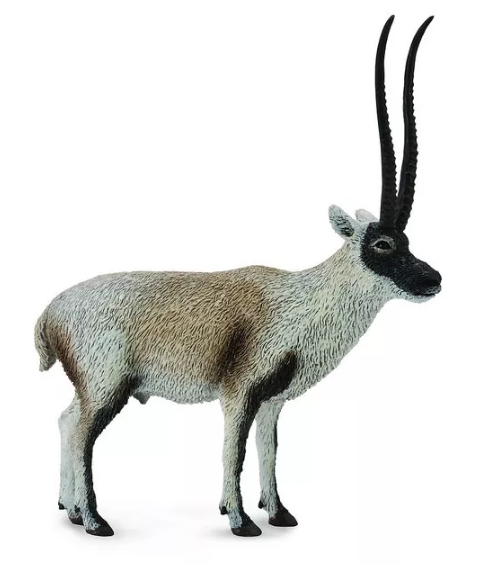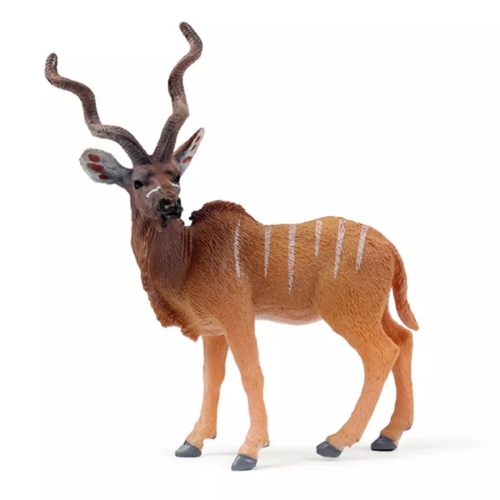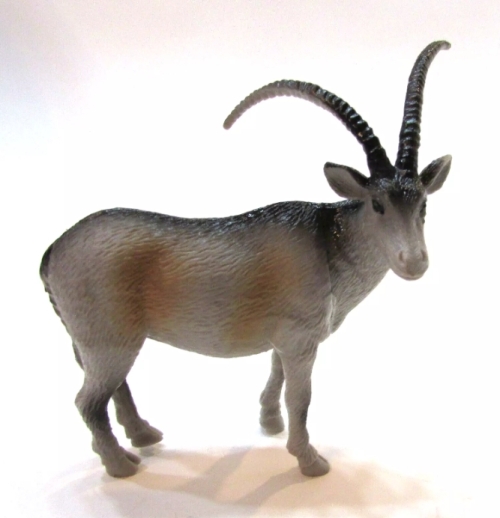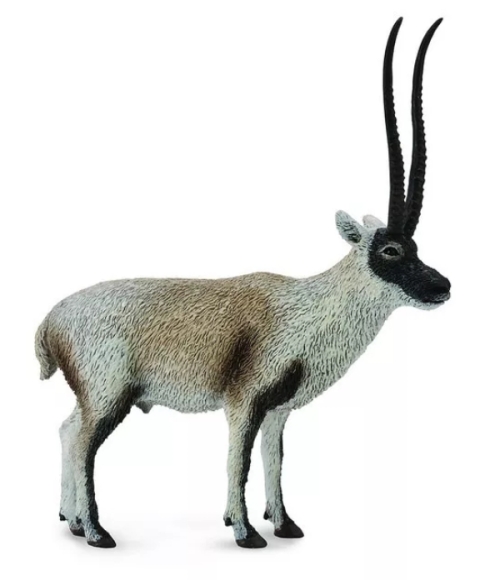Antelope model is an important ecological modeling tool, which is widely used in wildlife conservation and ecosystem management. The model aims to simulate the population dynamics of plant herbivores such as antelopes and their impact on the environment, and to help scientists and managers develop effective conservation and management strategies by quantitatively analyzing their relationships with vegetation, food resources, and predators.
The basic idea of the antelope model is derived from the interrelation theory of ecology. As an important herbivore, antelopes have a significant effect on the growth and distribution of vegetation. They affect the survival of other species by feeding on plants and altering the flow of energy and material in the ecosystem. Therefore, building a model that can reflect the complex dynamic relationship between antelopes and their environment is an important step in studying the ecosystem.
The model typically includes multiple variables, such as the birth rate, mortality rate, migration patterns,food availability, and the health of the ecosystem. These variables are linked by mathematical equations that allow the researchers to predict changes in antelope populations under different environmental conditions. The advantage of such simulations is that they can provide predictions of future population dynamics without actual observational data.
In conservation work, the application of antelope model can help identify the key factors affecting the survival of the population, so as to carry out targeted conservation measures. For example, if the model shows that food resources in a given area are insufficient,managers may consider additional vegetation restoration measures;If the model predicts that the antelope population will face migration pressure at a certain site in the future,habitat protection can be carried out in advance.
















